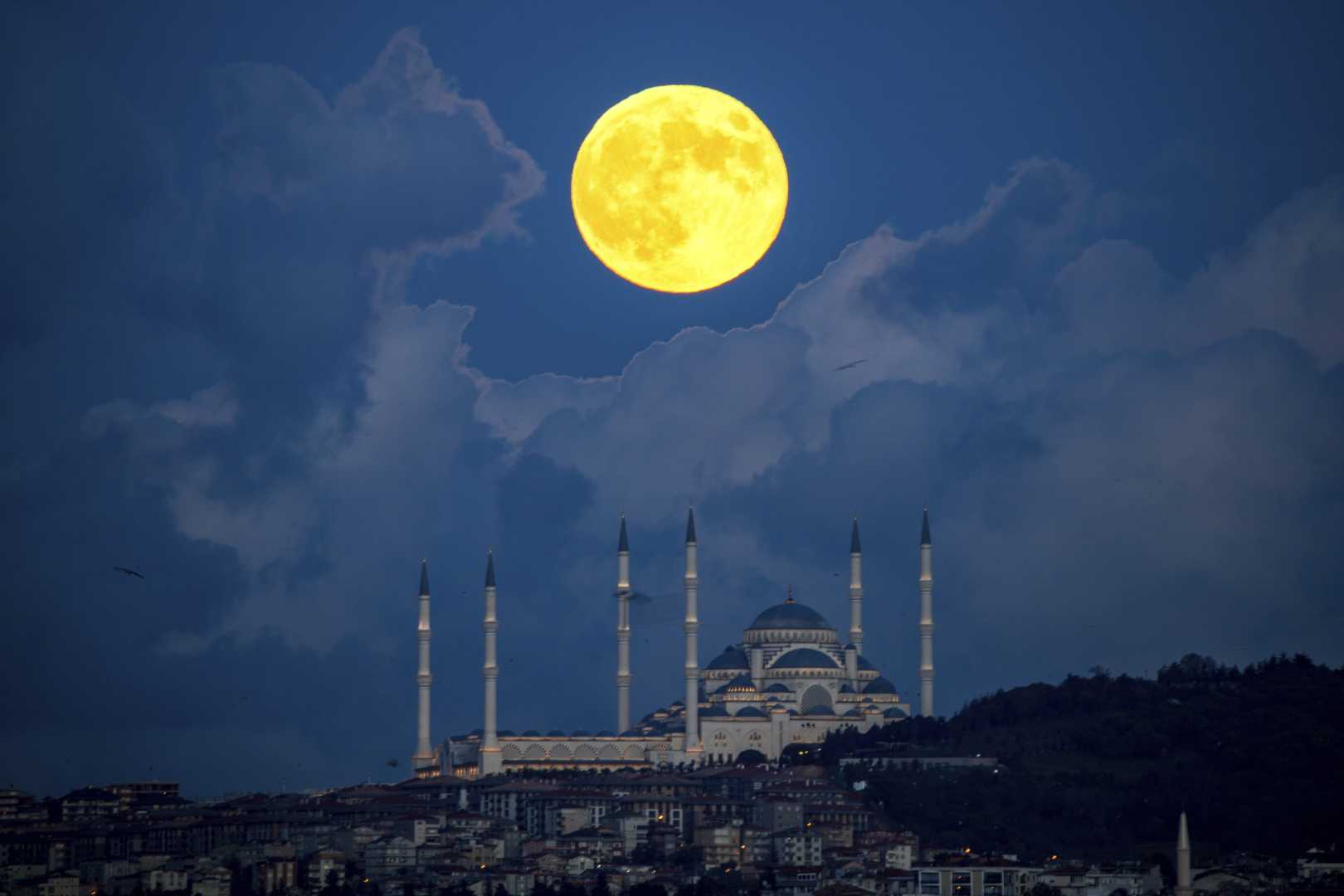News
October’s Hunter’s Supermoon Captivates Skywatchers Worldwide

The largest and brightest full moon of 2024, known as the Hunter's Supermoon, illuminated skies across Earth on October 17. Enthusiasts from various corners of the globe seized the opportunity to capture the moon’s grandeur in images that highlight its diverse appearances during the supermoon event.
This celestial event was characterized by the moon’s proximity to Earth, known as perigee, where the moon was positioned just 221,938 miles (357,174 km) from the planet. Supermoons occur due to the elliptical shape of the moon’s orbit, resulting in periods when the moon is either closer or further from the Earth.
Spectacular photographs documented this phenomenon from locations such as Shenzhen, China, where Chen Wein took an awe-inspiring image, and Heidelberg, Germany, where Daniel Roland captured the moon through tree branches. In Toronto, Canada, the moon’s imposing presence was noted in images by Mert Alper Dervis, featuring a helicopter silhouetted against its bright face.
In Manhattan, New York, photographers Selcuk Acar and Gary Hershorn photographed the supermoon with iconic landmarks like the Chrysler Building and the Edge NYC observation deck. Andrew McCarthy‘s detailed capture showed the moon’s surface intricacies.
The Hunter’s Supermoon was notably captured underneath Stonehenge in England by Nick Bull, providing a striking comparison to a glowing pumpkin, consistent with the moon’s nickname. This event also coincided with sporting events like a soccer match at Maracana Stadium in Rio de Janeiro, Brazil, where Ruano Carneiro recorded the moon’s backdrop.
The next celestial spectacle will be the Beaver Moon, slated for November 15, 2024, also appearing as a supermoon. The phenomenon of supermoons is expected to continue to captivate astronomical enthusiasts globally, as these occurrences provide striking details in the night sky.












